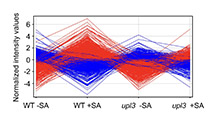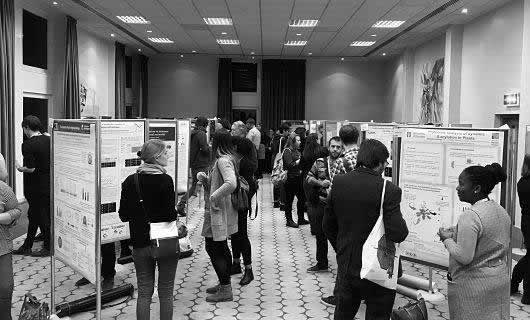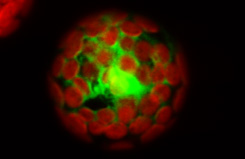News
Postdoc opportunity in proteostasis
 May 2019 - A Postdoctoral Research Associate position in proteostatis is available in the laboratory of Dr. Steven Spoel at the School of Biological Sciences, University of Edinburgh. You will join active research programmes funded by the Biotechnology and Biological Sciences Research Council (BBSRC) and European Research Council (ERC) that are aimed at understanding cellular ubiquitin signalling.
May 2019 - A Postdoctoral Research Associate position in proteostatis is available in the laboratory of Dr. Steven Spoel at the School of Biological Sciences, University of Edinburgh. You will join active research programmes funded by the Biotechnology and Biological Sciences Research Council (BBSRC) and European Research Council (ERC) that are aimed at understanding cellular ubiquitin signalling.
The ubiquitin-26S proteasome has vital roles in cellular signalling by selectively degrading proteins that are short-lived or damaged. In eukaryotes attachment of the conserved small protein ubiquitin marks substrates for recruitment to the proteasome where they are proteolysed into small peptides. Failure to degrade ubiquitin-marked substrates causes severe cellular stress and is a leading cause of developmental defects across different eukaryotes. Understanding the conserved regulatory mechanisms that govern healthy proteasome functioning therefore has the potential to impact diverse fields in biomedicine and biotechnology. We recently demonstrated that in Arabidopsis, ubiquitin ligases from the HECT-type family physically associate with the proteasome, thereby governing universal substrate polyubiquitination and associated phenotypical traits (Furniss et al. PLoS Pathog 14: e1007447, 2018). In this project you will utilise proteomic, biochemical and genetic techniques to investigate why proteasomes recruit ubiquitin ligase activity. You will explore if this is part of a substrate relay mechanism or if it enables feedback regulation by the proteasome. Understanding how proteasome-associated ubiquitin ligases promote proteasome function will aid in targeted design of new strategies to improve proteasome function during disease.
This position is funded for a fixed term of 3 years.
Salary: £33,199 - £39,609 per annum
Closing date is 28 June 2019 at 5pm GMT.







